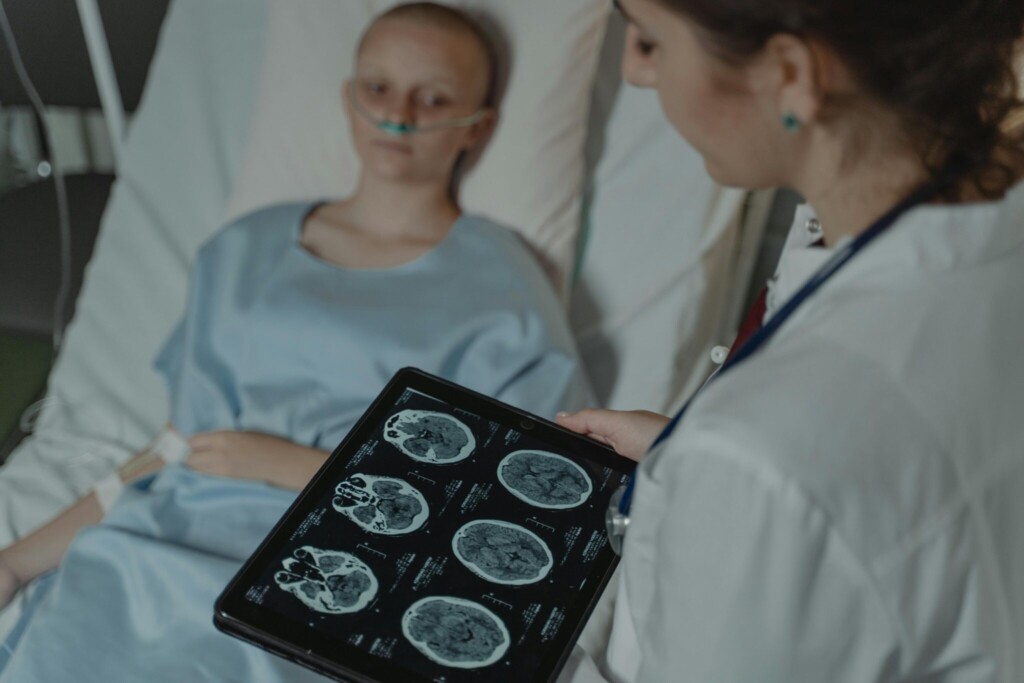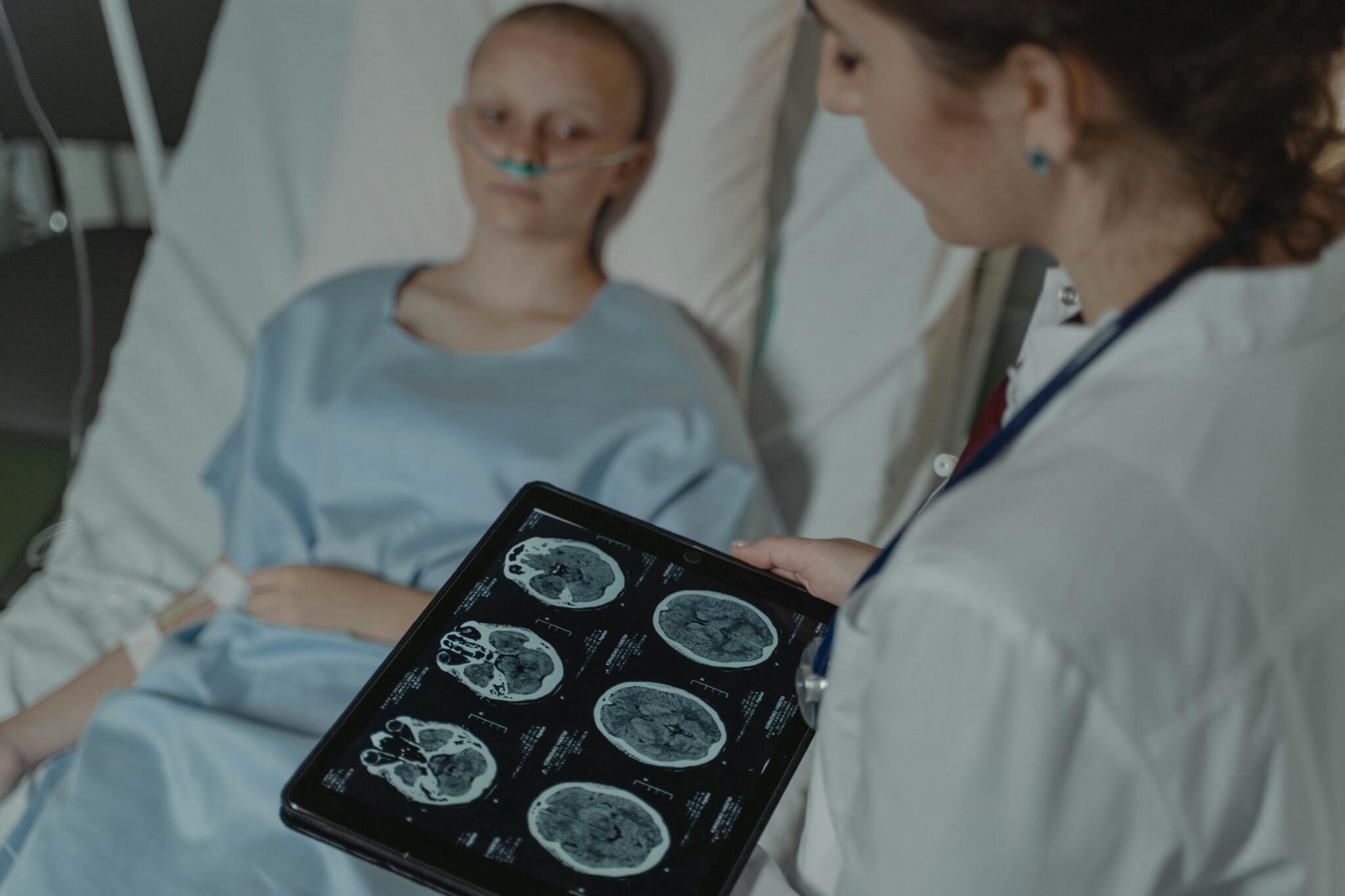
Advances in medicine over the decades have seen the 5-year survival rate of children diagnosed with cancer increase to 85%, but there are outliers to that average—with few more sinister than brain stem glioma.
When French doctor Jacques Grill first saw these tumors in a young Belgian boy, it was a straightforward, agonizing conversation he knew he had to have with the family: 6-year-old Lucas was going to die.
But it was not to be, and following the results of an experimental treatment randomly assigned to the young boy, the unbelievable happened.
“Over a series of MRI scans, I watched as the tumor completely disappeared,” Dr. Grill told AFP. “I don’t know of any other case like him in the world.”
Brain stem glioma, officially called diffuse intrinsic pontine glioma (DIPG), is rare and lethal, diagnosed in just 300 children annually in the United States, and 100 in France, where Dr. Grill practices.
The two-year survival rate is 10%, and no drug is widely available for its treatment beyond radiotherapy.
After Lucas’ diagnosis, the family traveled to France to take part in a randomized controlled trial called the Biomede trial, looking for medications to combat DIPG. Lucas was randomly assigned the drug everolimus, which he took for more than 5 years with remarkable success.
CANCER RESEARCH: Cervical Cancer Trial Hailed as ‘Remarkable’ After 35% Reduced Death Rate Using Simple Intervention
7 other children in the Biomede trial have survived, but none have had their tumors disappear completely, and Lucas is now being looked at as the case study that could finally improve the long-term outcomes for children with this cancer.
Furthermore, the outlier in Lucas’ case was that his tumors carried a genetic mutation seen only a few times in history that made it especially susceptible to this medication, and biomedical researchers speaking with AFP say they are now hoping to reproduce tumor cells with this mutation in vitro.
MORE CHILDREN SURVIVING: Kinder than Chemo Cancer Drug Cured This Young Man of Leukemia–Available in the US
If they can, they can try and replicate the trial’s findings on the tumors in vitro, and confirm it was the cause of Lucas’ remarkable recovery.
These are the most preliminary steps, and an approved medication might not be available for another 10 to 15 years, but scientists are hopeful that the pace of technological advancement will shorten this.
SHARE The Life Of A Boy Saved From This Terrible Disease…




















